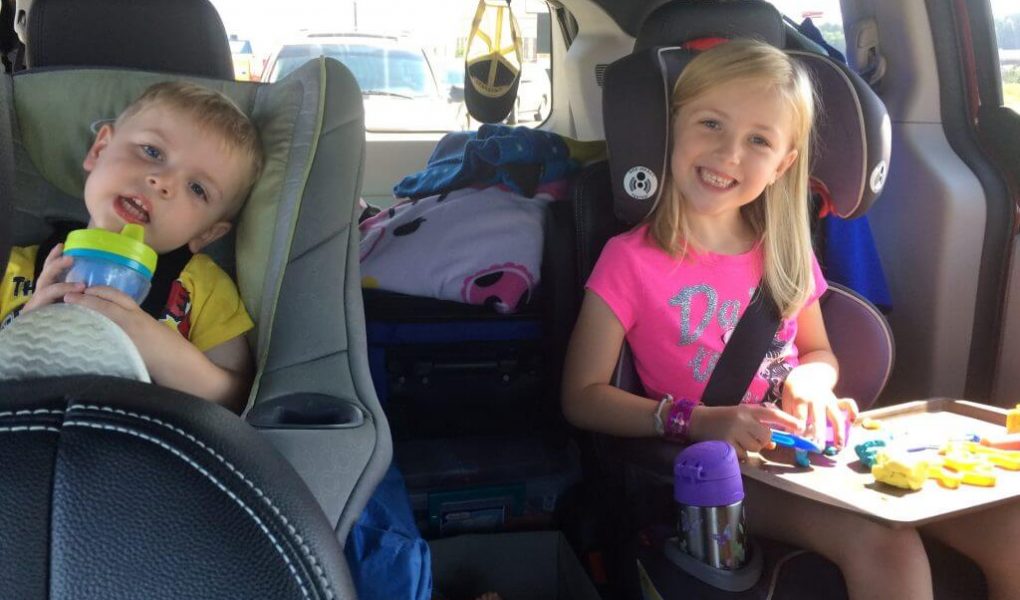A. How To Take A Road Trip With Toddlers
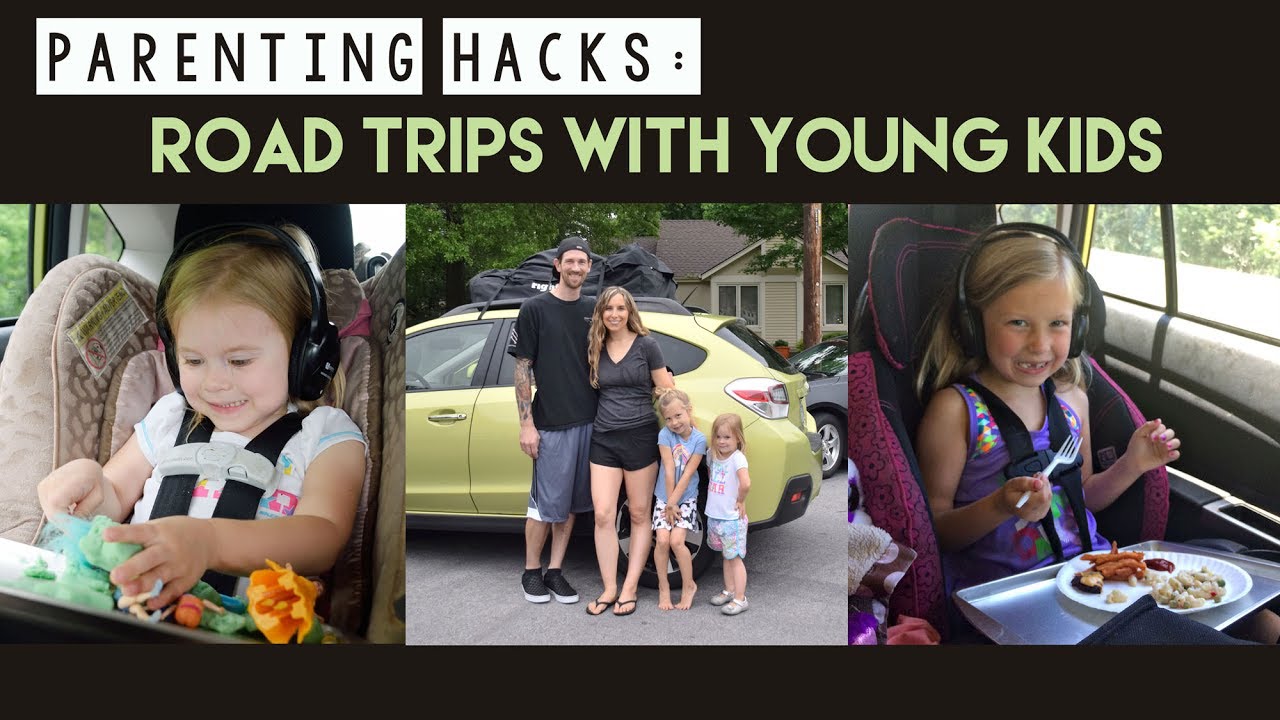
The term “trip” might be enough to make you cringe, but what happens when you include a young child in the equation? Contrary to popular belief, a long drive with your child doesn’t have to be a nightmare. Traveling with a child in tow can be fun and much cheaper than air travel. Follow these tips to stay safe, make the most of your time on the road, and keep your mind intact.
1. Prepare your car
You’ll be spending a lot of time in the car so it only makes sense that it is in the best possible shape. A lot can happen on the road, so don’t hesitate. Don’t wait until heavy rain to find out your windshield wipers need changing or until you’re stuck on the side of the road with an overheated engine topping up coolant. If you think your car can’t handle a long journey, then rent one.
2. Invest in roadside assistance
Roadside assistance seems like an unnecessary expense … until you need it. So it’s worth every penny and a few more. Before buying a standalone plan, make sure you have coverage. It can now be part of your car insurance or cell phone plan. Wholesale clubs like Costco and Sam’s also offer roadside benefits as part of membership. Make sure your plan covers the trip’s worst nightmares, like being towed to a gas station, repairing an apartment, or unlocking when you leave your car keys.
3. Don’t leave your child in the car
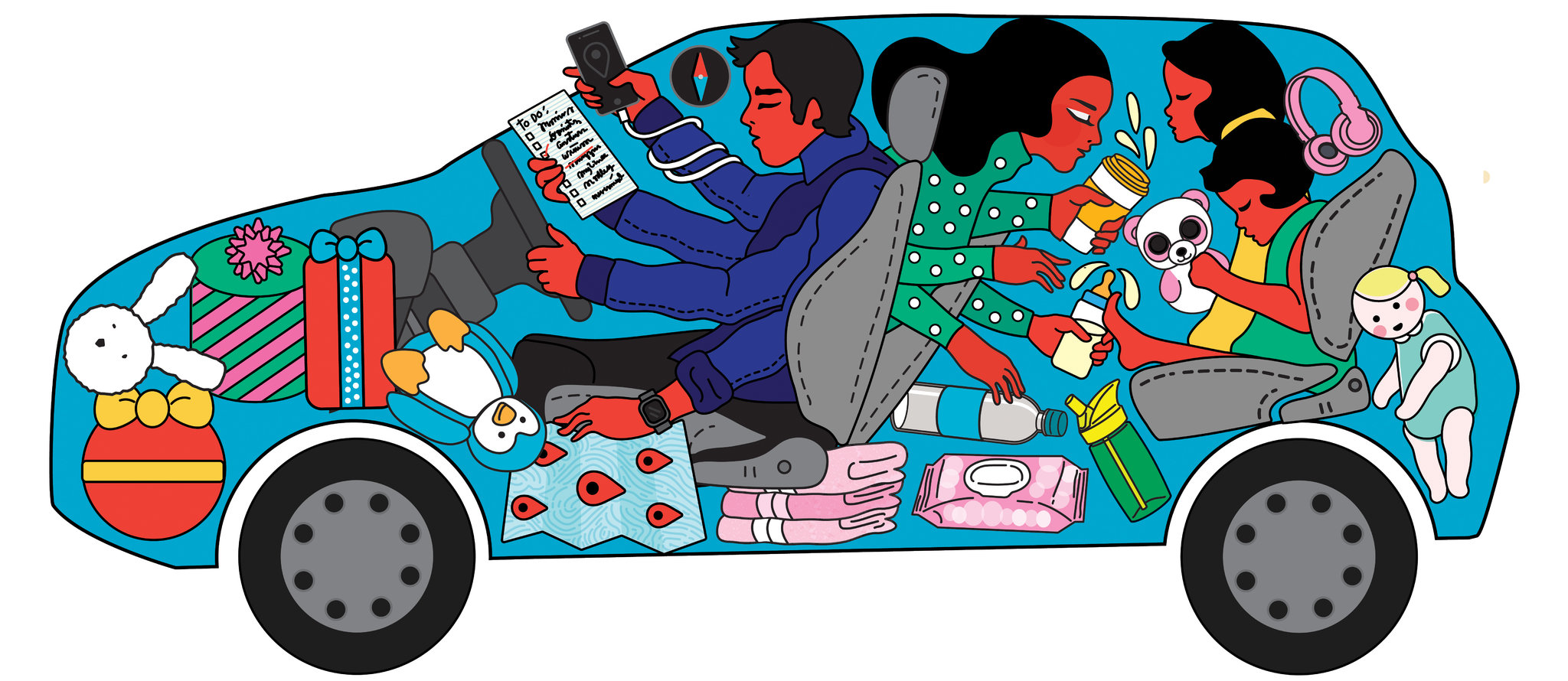
We’ve all heard new stories about a child left alone in a hot car and we wonder, “What were these parents thinking?” It is completely different when your child is finally fast asleep, you are empty and arrive at a gas station where you cannot pay at the pump. Many circumstances can result in a parent being tempted to leave their child in the car for a moment, but it is better to be on the safe side. It only takes a moment for someone to walk in and pick up your child while you take an emergency toilet break, and it takes little heat to quickly heat your car to dangerous temperatures.
4. Check the car seat for your child
The safety of your child’s car seat is just as important as checking your car. A certified child safety technician can verify that your seat is in good condition and properly installed. The best part about this inspection is the free training it gives you. Your technician not only installs the chair and sends you away, but shows you how to do the correct installation every time and even gives you application tips that go beyond the legal minimum.
5. Secure your child properly
After your car seat has been properly inspected and installed, you want to make sure it stays that way. It can be tempting, if you’re the only adult on board, to flip your child’s car seat so you can see what they’re doing when they’re facing back. You can also put your child in the front seat so that you can reach them more easily and give them toys or snacks. As tempting as it is, don’t do it.
Heather Corley, Child Passenger Safety Technique, says, “The latest study shows that children up to 2 years of age are up to five times safer looking backwards. Hurry up. It really is a stepping stone to safety. so don’t be. ” in a hurry to make a big change. ”
6. Have a first aid kit ready

Prepare for knee scratches, allergic reactions, sunburn, splinters, bumps, bites, stings, and bruises by having a first aid kit on hand. Accidents happen on the road and it is best to be prepared for what might happen on your path, big or small. Also, if you haven’t done it in a while, it’s also a good idea to refresh your first aid and CPR before traveling.
7. Keep toys closed
While it may seem like your top priority is keeping your child happy and entertained, it can be a difficult and dangerous task when you are the driver. Keep an eye on the road and keep your hands on the wheel so your child has toys, books and snacks within easy reach. The more they can do on their own, the safer and happier you will be. There are a variety of backseat organizers out there, but we particularly like the ones that fit right next to your child’s car seat. A seat organizer can work too, but if your child is securely strapped in, they will not be able to reach you.
8. Arm yourself with entertainment
Toys and books help to pass the time and keep your child occupied, but eventually these toys lose their shine. Stock up on fun music CDs and be ready to sing it yourself. If your car has satellite radio, don’t forget the kids’ channels that add variety. While your child’s screen time should usually be very limited, using a DVD player 3 can help them spend some time traveling.
9. Pack blankets and binkies
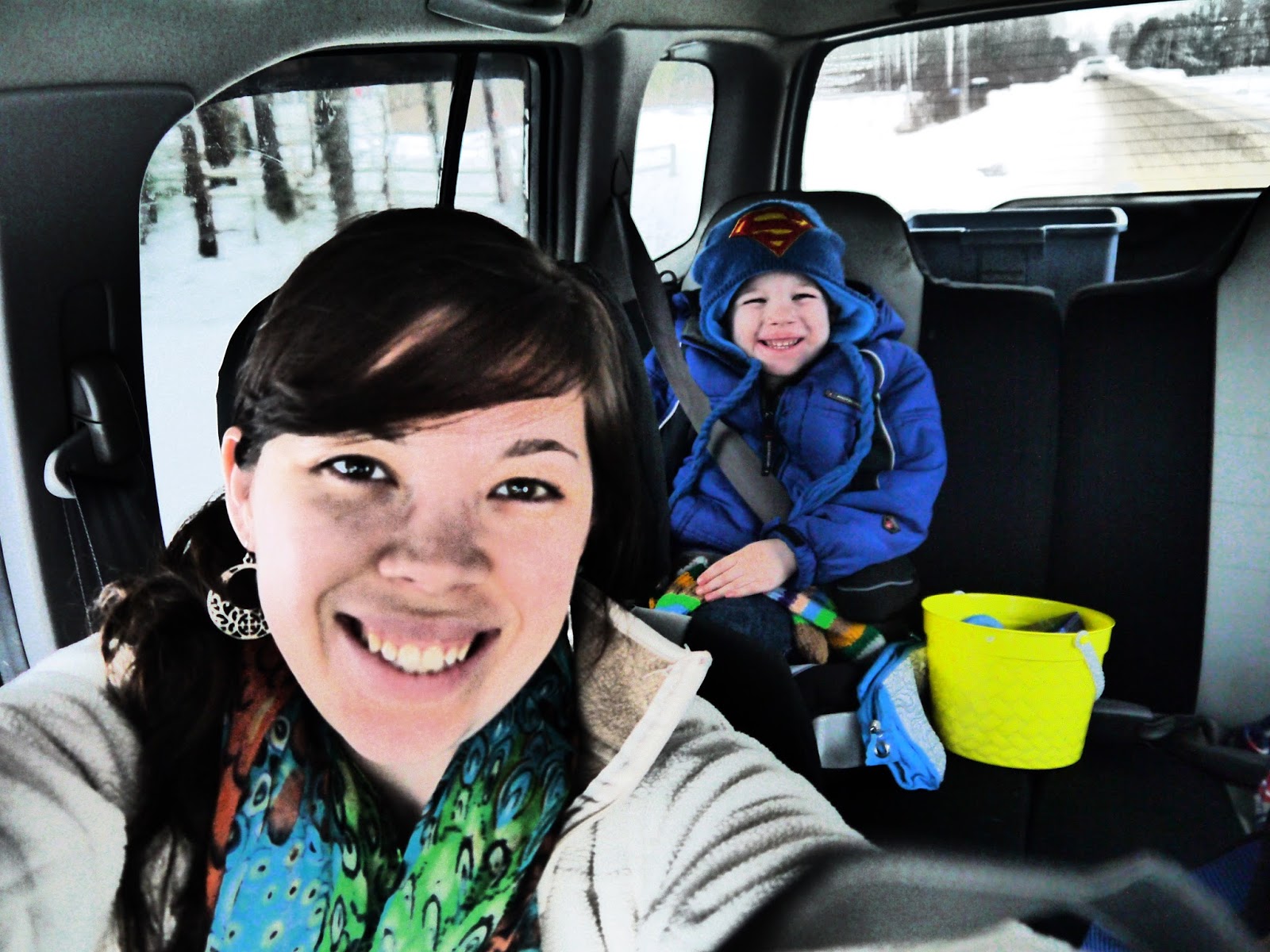
Car trips can be fun and exciting for your child, but there can also be times of uncertainty and stress. You’re escaping the comforts of home and spending a lot of time at your car instead of being active. Get ready for the tough times with a dose of convenience. Keep binkies, blankets, and other comforting items handy and bring extras as your sanitizing options are likely to be limited.
10. Avoid panic with tears
When your child gets tired from the trip and the tears start, it is best to stop boxing. When you are not near a rest stop or safe place, do whatever you can to calm and reassure your child, but remember to focus on the road. Remember, even though your child is crying, they will be sitting securely in their seat and it can’t hurt to wait a few minutes before you can get off the road and take a break. Try singing songs, playing soft music on the radio, drawing attention to outside things, or offering a drink or snack to keep yourself entertained.
11. Split up the trip and take breaks
When planning a trip on paper, it makes perfect sense to minimize the time in the car and accelerate it to your destination. After about five hours on the road, this becomes completely unrealistic. The entire trip will feel like a death wish at nine o’clock. Save long trips for the days when your child is older. As long as you have a child in tow, spread the trip over several days.
Choose cities on your route that offer daytime accommodation and activities. Better yet, stay in a city, wake up and travel for a couple of hours, then plan a stop along the way in a city that has activities, even if it’s just a museum and lunch. Every break you take leads to a quieter moment on the road. Get a lot of these.
12. Avoid driving too much at night
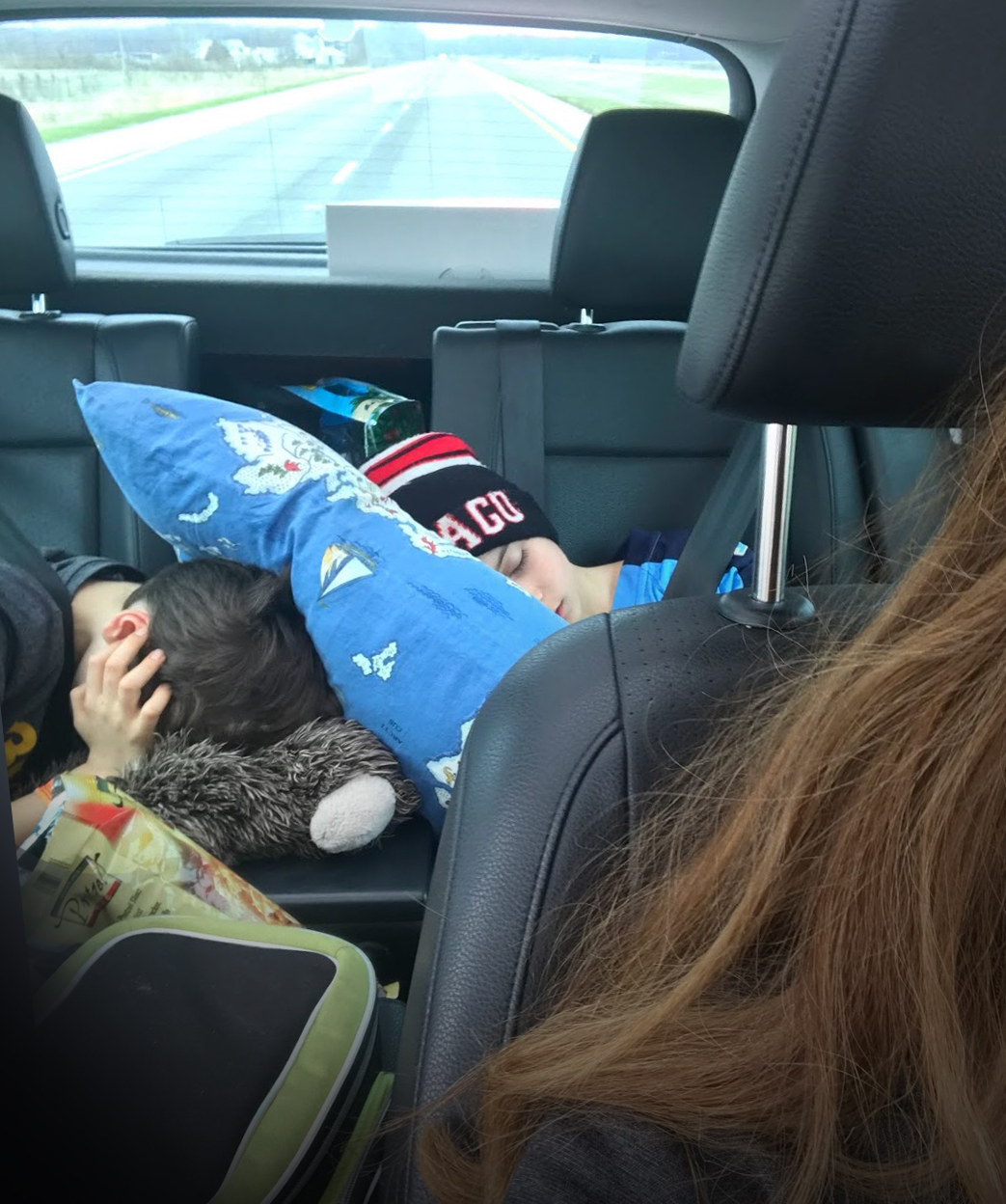
Just as you’ve heard about driving straight to your destination, you’ve probably heard that you should postpone driving until your child’s bedtime and drive while they sleep. This is not a problem if your journey is only a few hours and you get there in a reasonable time, but if you plan to get to your destination much later than your normal bedtime or beyond the few hours of energy that a Venti Mocha can have, do not worry.
In fact, you are putting your life at risk by being sleepy driving. Driving asleep can be just as dangerous as driving drunk. Also keep in mind that without enough sleep you will be completely useless the next day, while your well-rested child will eagerly drive off, and a great vacation cannot begin like this for a long time.
13. Have a full tank and a full stomach
If you fill the tank, have a nice lunch, and leave home while your child is almost ready for a nap, you will likely have more time to drive. You can wait a good hour while your child is full and then a few quiet hours while they sleep. When they wake up, the two of you are ready to take a break to fill your tank, stretch, and have a snack.
This applies not only to road trips, but also to trips where you don’t have to get out of the car or to a close relative. Make sure you are in control of the potty situation to minimize possible awakening. Provide your child with a clean diaper or make sure that your child has already been to the toilet when they are on the potty.
14. Prepare for potty emergencies
Have a full arsenal of potty accessories ready. You never know. If your child is not learning to use the potty, have enough diapers, wipes, and a changing table handy. If your child is transitioning to potty training, consider wearing disposable sports pants for travel only, even if your child normally wears underwear, as there are no good solutions to a dirty car seat on the street.
Even if you think your child is fully potty trained, you may not be near a toilet. Consider bringing a travel potty or disposable emergency training pants for such situations.
15. Eat plenty of snacks and water
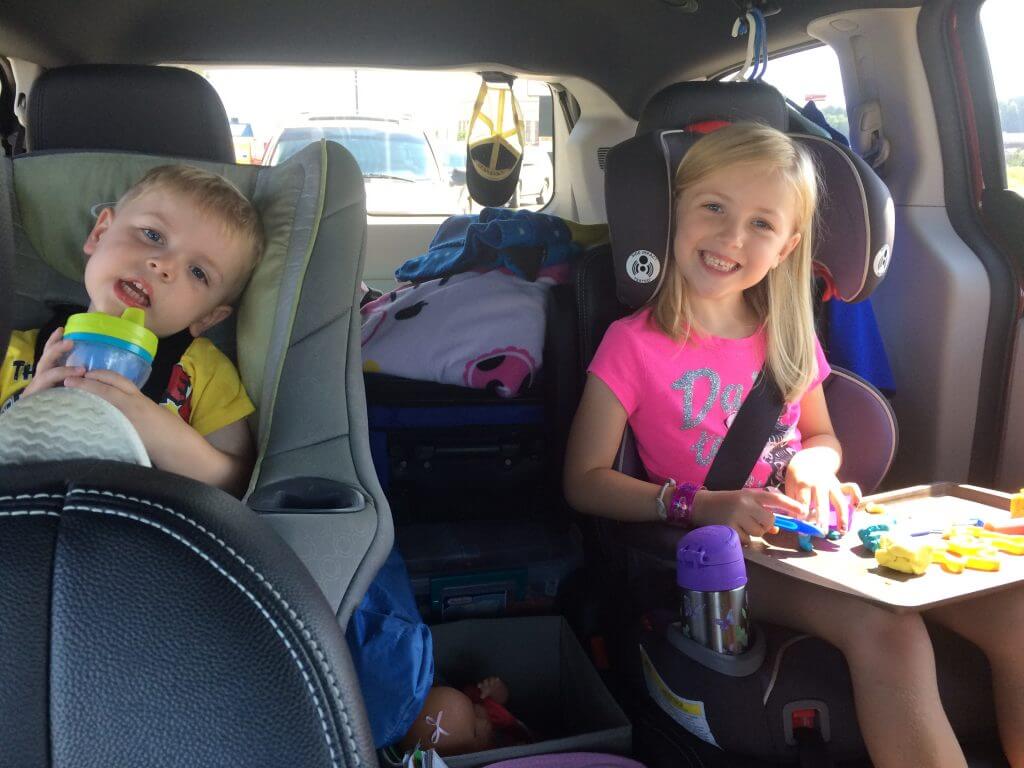
Make sure you have enough water to cover all drinks in an emergency and a little more to help clean up accidental debris, for example. Too many snacks, and even for you, are never bad, because a few bites of cereal or fruit can be enough to dry young children’s tears and keep everyone furious.
A good selection includes fruits, cereals, and cookies. Don’t give too much juice and choose water to avoid sticky splashes and too much sugar. Having a small cooler on board will increase your snack options for items like yogurt and cheese.
16. Keep the essentials close at hand
It may seem unnecessary, but you can forget to throw these things in the car until your child sneezes and slime runs down their chin, or until the sunscreen bottle cap comes out and spills all of its contents on the back seat. There is no shortage of cleaning products on your trip.
B. 7 Helpful Tips For A Road Trip With A Baby Or Toddler
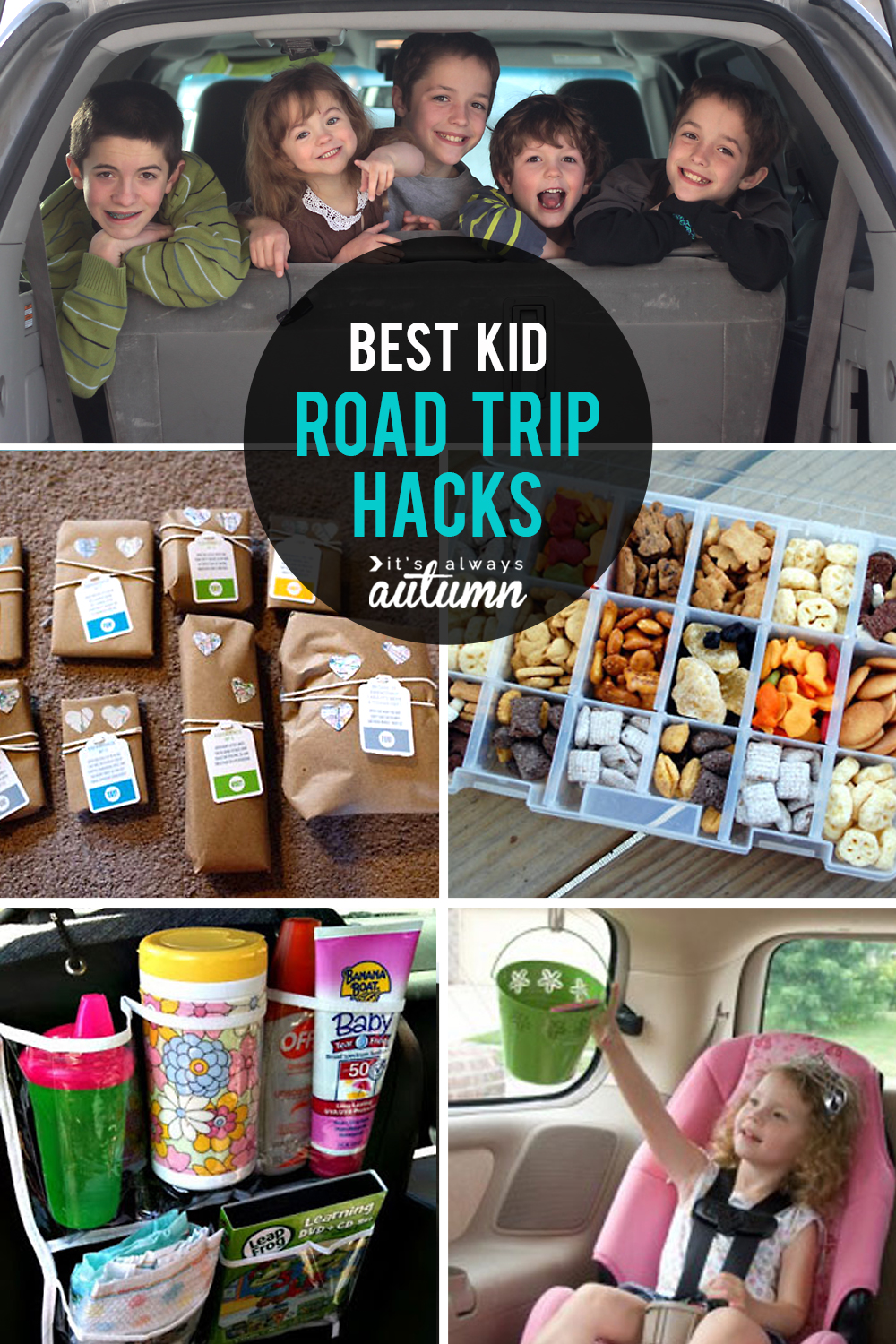
Travel Mamas sometimes receives compensation and / or hosted travel and sample products related to blog posts. This story may contain affiliate links for which we receive a small commission at no additional cost to consumers. As an Amazon member, I make money with qualified purchases. Find out about travel restrictions and safety precautions before visiting companies and locations.
Planning a trip with a baby can seem like a daunting task. How do you keep your child’s content on the go? What if Junior cries all the time? How can you make sure the whole family arrives safe and sound? Don’t worry, fellow parents! These seven helpful tips for road trips with children or toddlers will ensure a smooth ride for everyone.
1. Don’t overdo it.
Remember, babies and toddlers don’t have the patience for super long journeys like you. Traci Suppa, author of the Go Big or Go Home blog, advises: “In our experience, the best road trips with very young children are short. With age, the children’s ability to concentrate increases, so they can sit in the car for a long time and immerse themselves in their activities. If you have to travel a long distance, plan a day trip during your normal nap time. “If you have a long distance to drive, try to break the drive down into manageable sections with breaks to play, eat, and sleep.
2. Sit in the back seat to play.
If you’re traveling with another adult, it helps if an adult can ride in the back seat for at least part of the trip. Use your time on the go to bond with your baby. Bring some familiar books and toys, as well as some surprise goodies. Check out our most popular travel toys for babies and toddlers.
3. Distract yourself with snacks and meals.
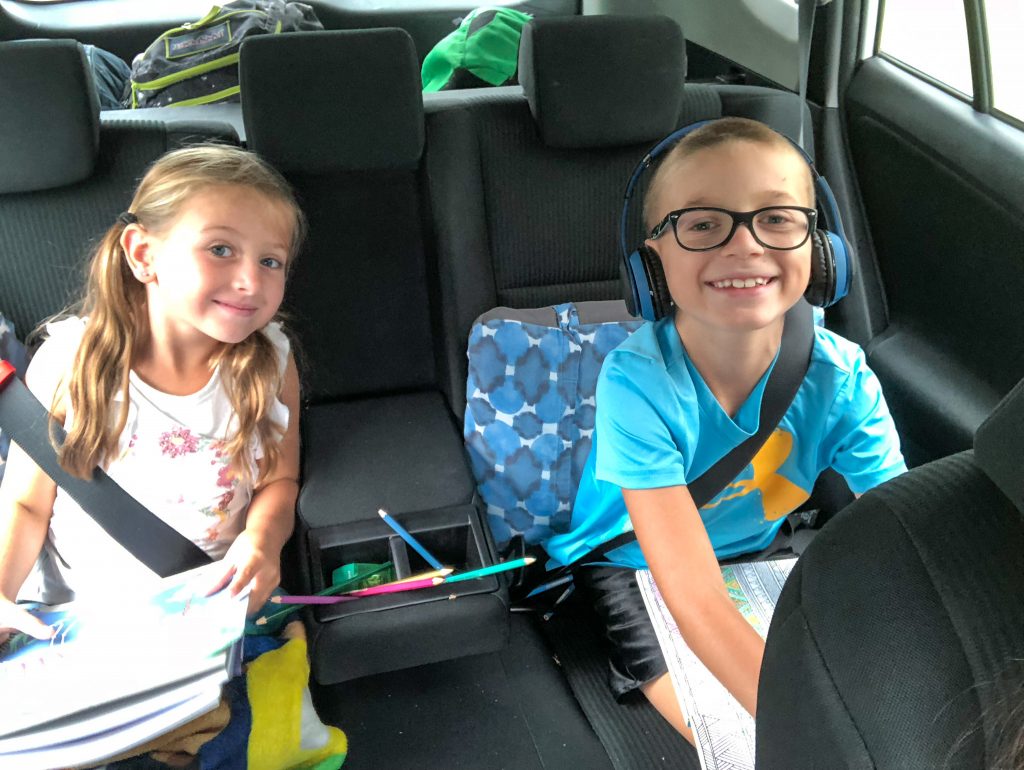
Bottles for babies or snacks for children provide delicious entertainment on road trips. You can also put your baby in the back seat to feed baby food or rice flakes on the go. It is important to protect children in car seats. So if your child is still breastfeeding, you need to plan meal breaks.
Bring healthy travel snacks such as whole grains, small pieces of fruit, and cheese cubes for the kids. Put snacks in separate containers and add them one at a time to avoid overwhelming the children. I always recommend bringing a “forbidden treat” or two as well. (M&M minis are my choice.) If you’re like me and have a child who is particularly prone to suffocation, I would expect to have snacks and meals at a rest stop, parking lot, or restaurant.
4. Protect all family members while traveling.
Of course, when you travel with a baby or toddler, getting to your destination safely and healthily is your top priority. Before you leave, make sure your vehicle is up to date with oil changes or scheduled maintenance. You should also have a roadside emergency kit in your car filled with bandages, medication, a flashlight, and other useful items. They often come with the vehicle or you can purchase a pre-filled kit.
It is also important to protect your family from projectiles in the event of a sudden stop or car accident. Anything unprotected in your vehicle will fly through the air until it hits a window, panel, barrier, or person. These projectiles can cause serious injury or even death. A “baby on board” sign cannot protect your child in the event of an accident, but a Travall security guard can. Keep all loose items such as suitcases, camping equipment and travel cots safely in the trunk or behind a travall guard.
5. Listen to music while traveling.
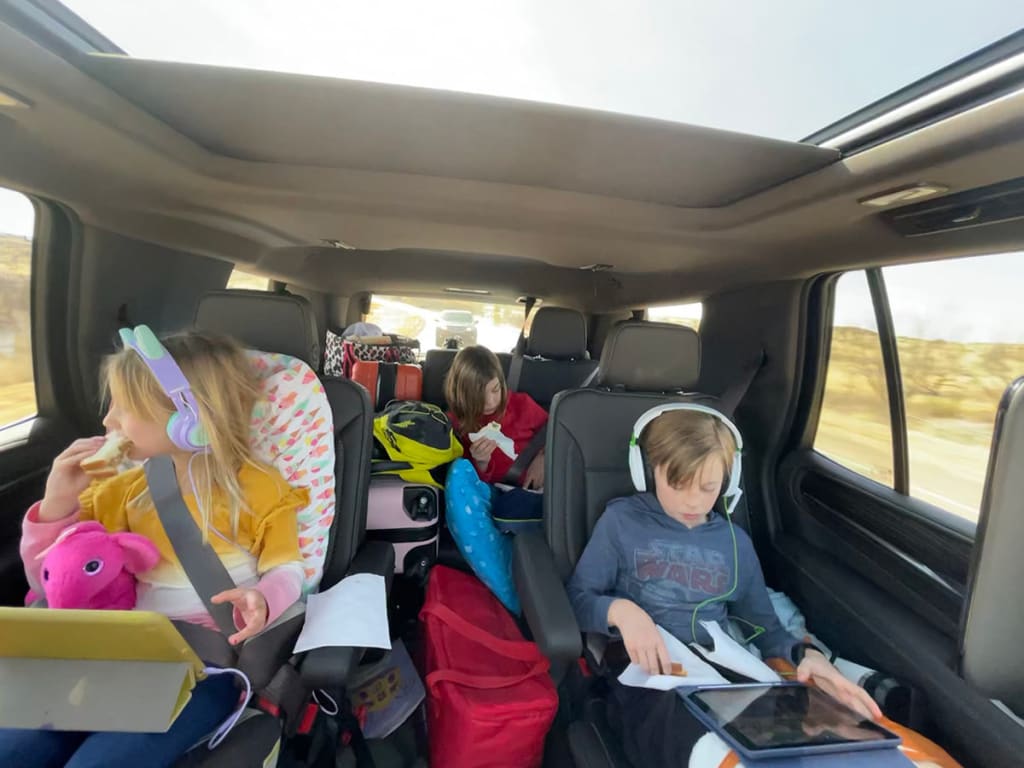
Music is one of the best tools for storing family content and entertainment during a family outing. Music is also a wonderful gateway to other cultures. Personally, I love Putamayo World Music’s culturally diverse music collection. Listening to music in another language is an easy and fun way to expose babies and toddlers to the sounds of words in another language. One of my favorites when my kids were little is Songs in French for Children by Lucienne Vernay and Les Quatres Barbus.
6. Bring a bucket.
I learned this the hard way. Plan to take a bucket with you on the trip and keep it at arm’s length. If your child has nausea or stomach cramps, you’ll thank me. A simple plastic beach bucket works fine.
7. Watch movies on the go.
Even if you don’t allow your children to watch TV or movies at home, you may want to break the rules of traveling with a young child or baby. Worried your kids are expecting a movie when they are buckled up? Do what my friend and ex-neighbor Sara did to her kids and tell them that movies only work when you are not home.
